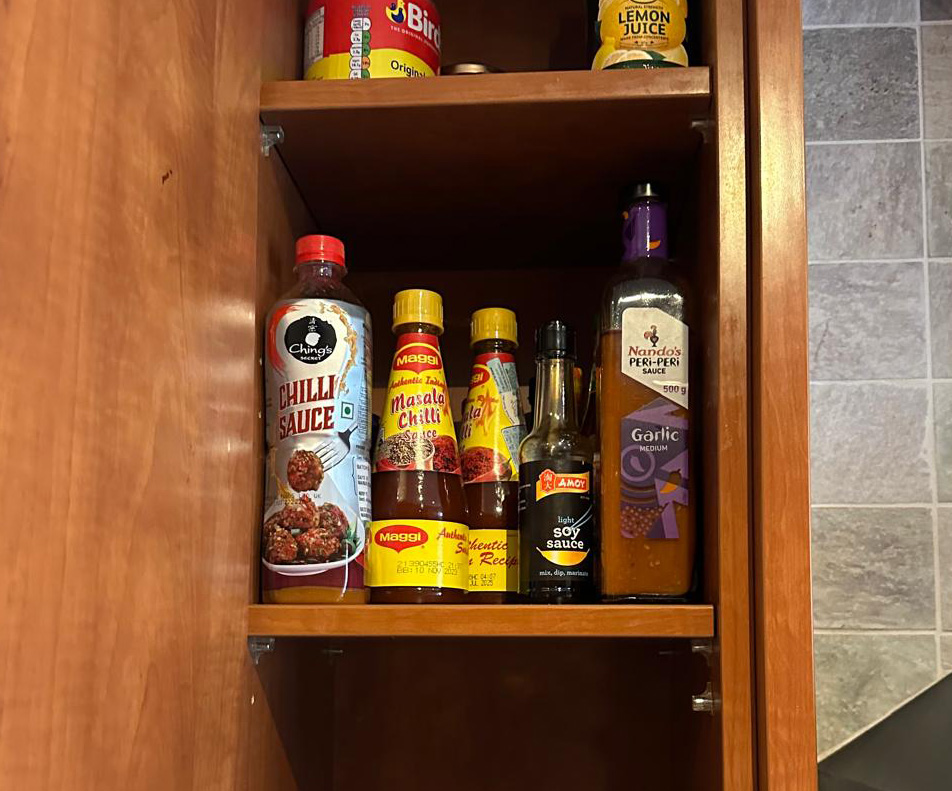
Biodiversity in the Cupboard
Purpose
To help participants reflect on how everyday food choices impact biodiversity – both locally and globally – and to foster awareness of the connections between consumption, production and ecological systems.
Key Features
Participants:
- 4–10 people per group
Estimated Timeframe:
- 2 hours facilitator prep
- 1 week participant prep
- 45-minute session minimum
Budget Level:
- Low
Materials Needed:
- Camera phones and WhatsApp or method to share photos (e.g. an email address)
- Large world map (A1/A0)
- Map pins with flags
- Ingredient lists and global production data
- Institutionally approved ethical information and consent forms (if collecting data)
- Refreshments
Skills Required:
- Group facilitation and inclusive communication
- Research and preparation of food data
- Workshop promotion and participant recruitment
- Adaptability and ethical awareness
Case Study
Method in Practice
Context of Use
Used in the UK PLANET4B case study with a Learning Community connected to Dadima’s CIC, an intergenerational collective supporting inclusive access to nature for Black, Asian, and ethnic minority communities.
How It Worked
Participants submitted photos of food items from their cupboards, including ingredient lists and country of origin. These were mapped onto a large world map using pins. Facilitators guided discussions around biodiversity impacts, farming systems and cultural significance.
Engagement & Participation
Participants engaged in mapping, discussion, and reflection. Facilitators created a safe, non-judgmental space, acknowledging sensitivities around food insecurity, cultural traditions and climate anxiety.
Outcomes & Insights:
- Raised awareness of biodiversity impacts of food systems
- Encouraged critical thinking and curiosity, made space for nuanced discussion
- Fostered reflection on personal and collective food choices
- Highlighted cultural and ecological connections to food
Strengths & Considerations
Strengths:
- Accessible and low-cost
- Encourages embodied and visual learning
- Adaptable to diverse groups and settings
Considerations:
- Requires careful facilitation around sensitive topics
- Dependent on participant willingness to share personal food habits
- Preparation time needed for research and materials



